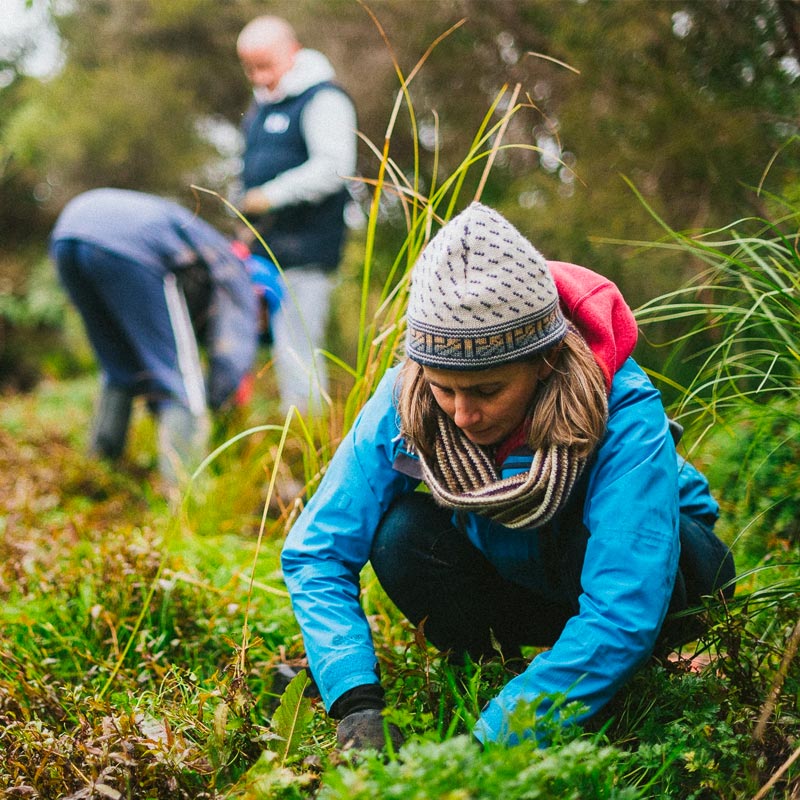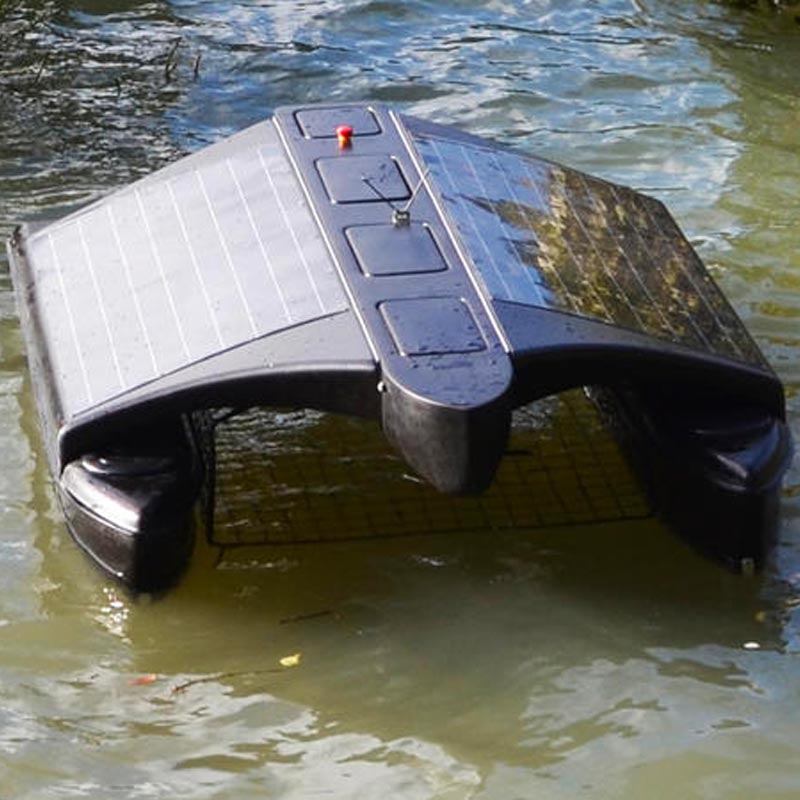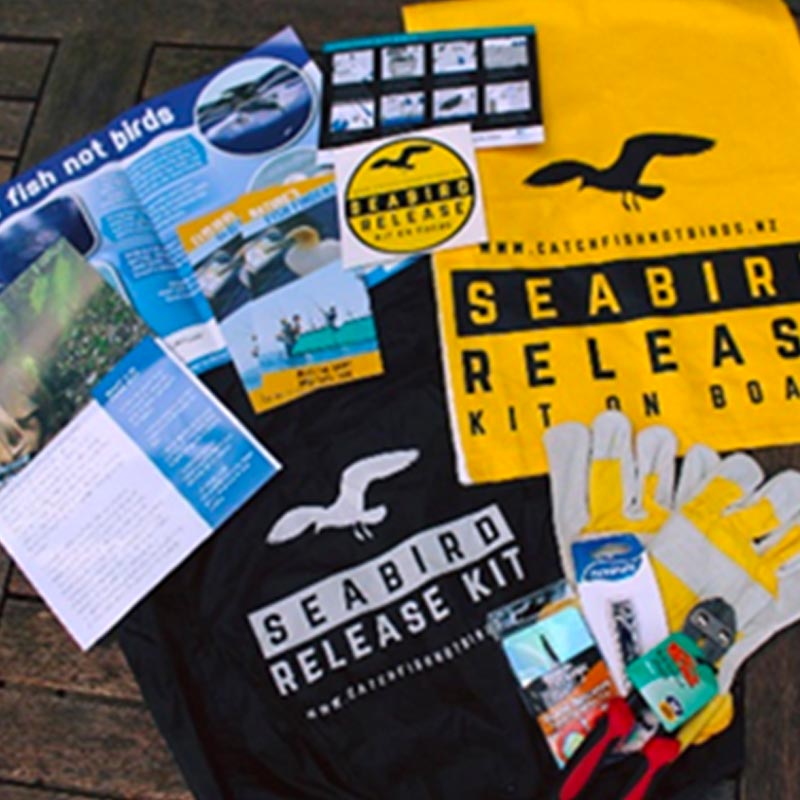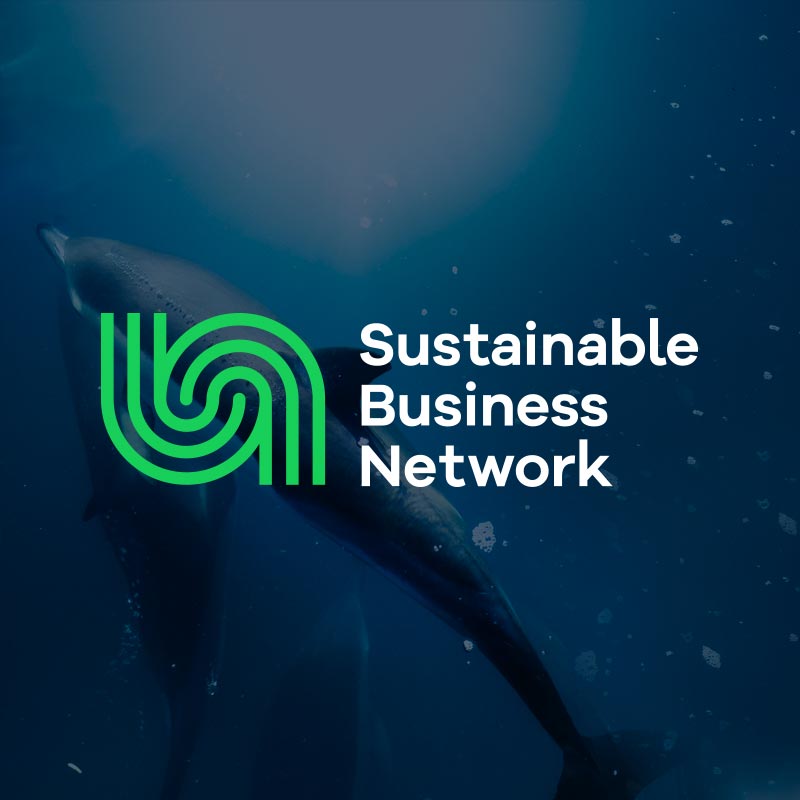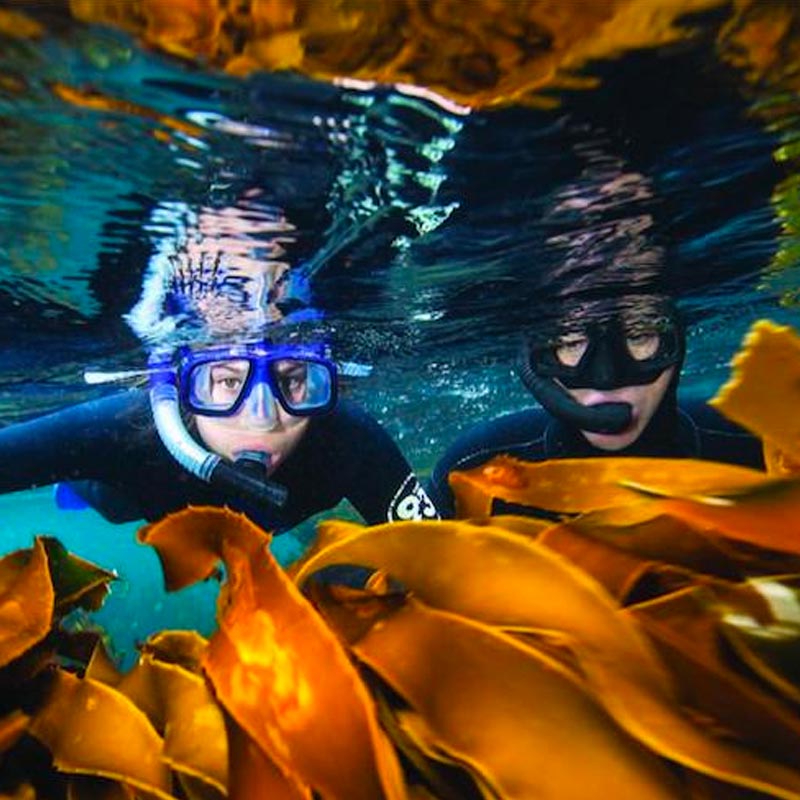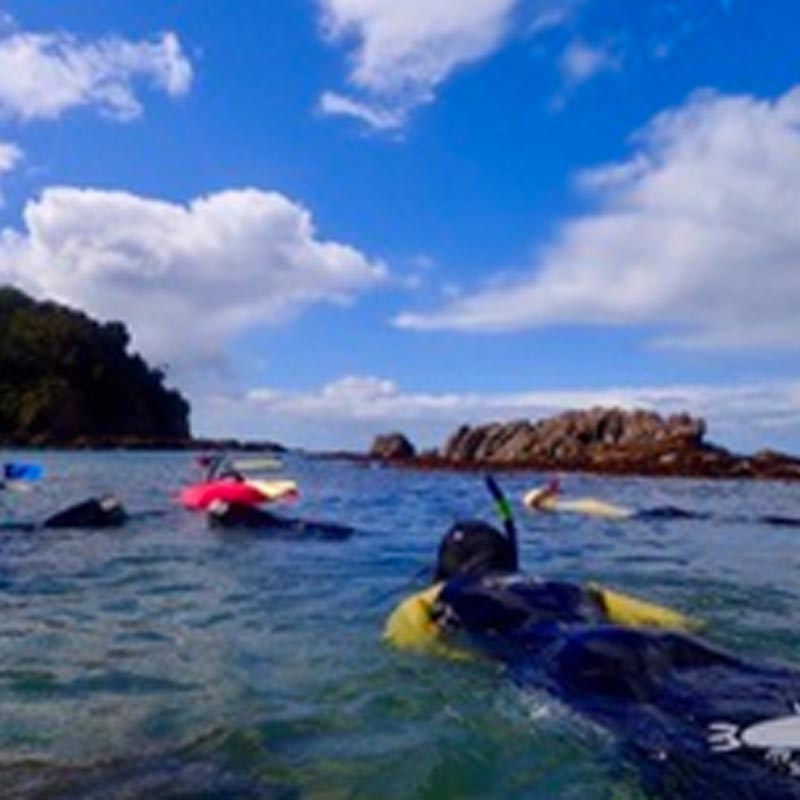In recent years GIFT has been using the six conditions of systems change framework (Kania et al 20181) to understand how GIFT is supporting meaningful change to restore mauri in the Hauraki Gulf. The picture below indicates how GIFT supported mahi is supporting system change in the Gulf. Clicking on each ‘condition’ below the diagram provides more information on the contributions made by the people and groups supported through GIFT.
It is important to note that environmental change can take a long time, and that outcomes from GIFT supported mahi are likely to create ripples for many years.
Potential
minor as yet
Emerging
underway and promising
Progressing
evident, meaningful and likely to be ongoing
Significant
evident and substantial, influencing beyond the Hauraki Gulf
This analysis indicates that GIFT has contributed most in building relationships and influencing mental models for change, and least in influencing public policy and power dynamics affecting the Gulf. Influence on practices and resource flows are emergent and promising.
01 Ngā Tikanga Whakahaere:
Policy influence and impact
02 Ko ngā tikanga, ngā mahi:
Practices
03 Tauawhi, Tautoko:
Resource flows
04 Whakawhanaunga:
Relationships
05 Mana Motuhake:
Power dynamics
06 Āta whakaaro:
Mindsets
01 Ngā Tikanga Whakahaere:
Policy influence and impact
Highly scalable national finance scheme for permanent native forestry created (Mōhio Research), which has developed into a Climate Innovation Lab which continues to drive more sustainable, climate-oriented outcomes
A 35-year resource consent and Biosecurity Permit was granted for shellfish restoration in the Hauraki Gulf (The Nature Conservancy)
Business case influences decision to bring electric ferries into the inner Hauraki Gulf from 2023 (McMullen and Wing/EV Maritime)
In September 2021, the Noises Restoration project team submitted a proposal to government for the Noises to be part of its ‘High Protection Area’ legislation – this is now being assessed by DOC and Fisheries NZ.
Six-month prototype to engage across the political spectrum to inform decision-making to restore the mauri of the Gulf (Awhi Consulting, in progress).
02 Ko ngā tikanga, ngā mahi:
Practices
Successful waterway restoration practice at scale identified (Sustainable Business Network), plus the restoration of 21.6 kilometres of waterway with 45,000+ native plants and trees planted.
Sea cleaning water drone prototype developed and tested.
Predator trap sensing system SIGFOX technology tested on Waiheke, allowing remote monitoring across three kinds of predator traps, now commercially developed and used (Thinxtra)
Seabird safe practices of Hauraki Gulf charter fishers improved and seabird safe fishing information distributed to recreational fishers via 1200 bait buckets (Southern Seabird Solutions)
Litter flowing into the Gulf reduced through installation of 50+ litter traps and 500+ businesses engaged in reduce plastic waste campaign, with 58 new take-back waste schemes created (Sustainable Business Network)
Kina collecting activity pilot on Waiheke has had a positive impact on kelp growth rates in the project area compared to the control area. (Nick Shears, University of Auckland)
Having mauri restoration as the GIFT vision is bringing diversity of thought and approach to regenerating and upholding the wellness of Tīkapa Moana Te Moananui-a-Toi.
Young Ocean Explorers programme in schools is directly reducing plastics use and keeping schools cleaner. Evidence of increased interest in protecting the marine environment by students aged 5 to 13 years after the YOE experience. Students can identify actions they can take.
03 Tauawhi, Tautoko:
Resource flows
$4.9m additional funding for the Hauraki Gulf has been leveraged to date via GIFT.
Co-creation of the $6m Challenge Fund (The Nature Conservancy and Foundation North), to support ongoing shellfish restoration efforts in the Gulf.
GIFT funded research on restoring kina barrens (Nick Shears, University of Auckland) led to involvement in two Sustainable Seas projects;
- A science-based project
“Understanding ecological responses to cumulative effects” (valued at $3.9 million) and - An iwi led project
“Huataukina o hapu e”.
BLAKE now has capability to deliver from a te ao Māori worldview for kura and Māori immersion schools to experience NZ-VR footage of the Hauraki Gulf. GIFT funding also leveraged significant new funding to expand the reach of this virtual reality footage (resource flows), with new sites filmed nationally and in the sub-Antarctic.
04 Whakawhanaunga:
Relationships
Relationships lie at the heart of transformative change relating to human activity for the Hauraki Gulf. All GIFT supported mahi has built relationships in some way, and GIFT has also regularly brought GIFT supported change makers together to share, learn and strategise for change.
Just a few examples of GIFT supported whakawhanaungatanga are shared below.
A network of relationships is being built to achieve holistic marine protection for Ōtata and the wider Gulf. The Noises Restoration project partnership formed in 2019 between the Neureuter family, Auckland Museum and University of Auckland, working alongside Mana Whenua.
New collaborations and MOUs between the Sustainable Business Network, Auckland Foundation and Hauraki Gulf Forum on awareness raising, advocacy, mussel regeneration and riparian planting in the Gulf.
Protect Aotea: Letters of support from Ngāti Pāoa, Ngātiwai, Ngāti Hako, Ngāti Rongo, and at an AGM for Ngāti Rehua Ngātiwai ki Aotea mandate was received to kōrero to the stopping of marine dumping.
Rangatahi and other hapū members connecting to Ngāti Pāoa identity and kaitiakitanga roles via the Waiheke Marine Project.
Establishment of the Hauraki Gulf Shellfish Coordination Group to facilitate greater coordination of shellfish restoration efforts around the Gulf.
New partnerships established and existing relationships strengthened between the Hauraki Gulf Watershed and Piritahi Marae, Education Centres, Fisheries, Fullers Ferries, Boating Clubs and Auckland Council.
BLAKE VR technology provides new/first time access to marine environments for many students (41% of schools visited are low decile). NZ-VR is especially valuable in enabling access to the marine environment for students from low decile schools.
Oceans Lab created a network of 25 people+ with a stronger connection with the Gulf and more confidence and tools to innovate.
05 Mana Motuhake:
Power dynamics
The growing recognition by Tangata Tiriti of the value Mātauranga Māori can bring to regeneration initiatives, the initiatives being led by Mana Whenua and the genuine treaty partnerships that are strengthening are demonstrating the way forward for intergenerational impact.
The Neureuter family has committed to building relationships towards co-management of Ōtata with Mana Whenua.
Protect Aotea formed to pursue a Tangata Whenua led approach to environmental protection, underscored by Mātauranga Māori and meaningful engagement with local iwi.
Emergence of an Ahu Moana co-management approach to regenerating Waiheke and its moana – this includes activation of Te Tiriti through Ngāti Pāoa as Tangata Whenua leading or co-managing decision-making on issues of significance, as determined by them.
The Shellfish Restoration Coordination group will also help build the capacity of Tangata Whenua, and other groups and leaders involved in shellfish restoration activities so they can have greater impact.
A key learning was that youth are compelled, want to lead and need to be at the centre of regeneration efforts (Louise Marra/Moana Tamaariki-Pohe).
06 Āta whakaaro:
Mindsets
Seasick – Saving the Hauraki Gulf documentary series being released in 2022: 7 x 12 minute web mini-series highlighting the issues and possible solutions to the environmental issues facing Tīkapa Moana Te Moananui-ā-Toi.
Over 50 people experience the Indigenous to Earth – Ngā uri ō Papatūānuku mē Ranginui programme to engage and empower Tāmaki Makaurau leaders with tools to champion projects in Tīkapa Moana Te Moananui-ā-Toi / Hauraki Gulf. 100% of participants reported significant enhancement in their own mauri and in their relationship with self and environment. Cultural learning was brought into workplaces and knowledge of mauri and how to restore mauri was strengthened. Some participants joined existing kaupapa to restore the Gulf, others made personal changes such as committing to learning Te Reo Māori.
Oceans Lab mauri restoration leadership programme for 25+ people who experienced a three-month lab process. Working with mauri, people were connected to themselves, each other, whenua and moana. Deep personal transformation of participants was reported.
The focus on mauri shifted Crave Global to work more holistically and changed how their business operates.
Funding enabled five Hauraki Gulf sites to be filmed for virtual reality (VR) and shared with schools (BLAKE). Direct engagement of over 30,000 students in the Hauraki Gulf-focused marine education via VR. Over 740,000 viewings via social media, 85,000 video viewings and 32,000 via the website app. BLAKE NZ-VR programme is also delivered in Te Reo Māori, and utilises a range of Māori concepts including pūrakau, rāhui and whakatauāki, to deliver a more relevant and meaningful experience for tamariki Māori.
Te Reo Māori translated Tīkapa Moana content created, raising interest for children (Young Ocean Explorers).
GIFT support has accelerated the Sustainable Business Network’s cultural development and understanding of Te Ao Māori. This has allowed SBN staff to more deeply acknowledge the colonial context of nature conservation in Aotearoa New Zealand. Placing mauri at the centre has reshaped SBN’s approach to all its work around deep personal connection with nature. It has been instrumental in SBN’s progression in national efforts for nature regeneration. GIFT has enabled the organisation’s move to support the large-scale Mana Whenua-led South Auckland nature regeneration project – Te Whakaoratanga o te Puhinui me te Manukau.
Protect Aotea has presented its kōrero on marine protection around Aotearoa – including Tauranga University, Waikato University, media networks, Pakiri Sand Hearings, Aotea Community, Ngāti Pāoa hui, Te Mautohe, Protect Pukeiahua, Pūtiki, Arohatia te moana, Hikoi mo te moana.
